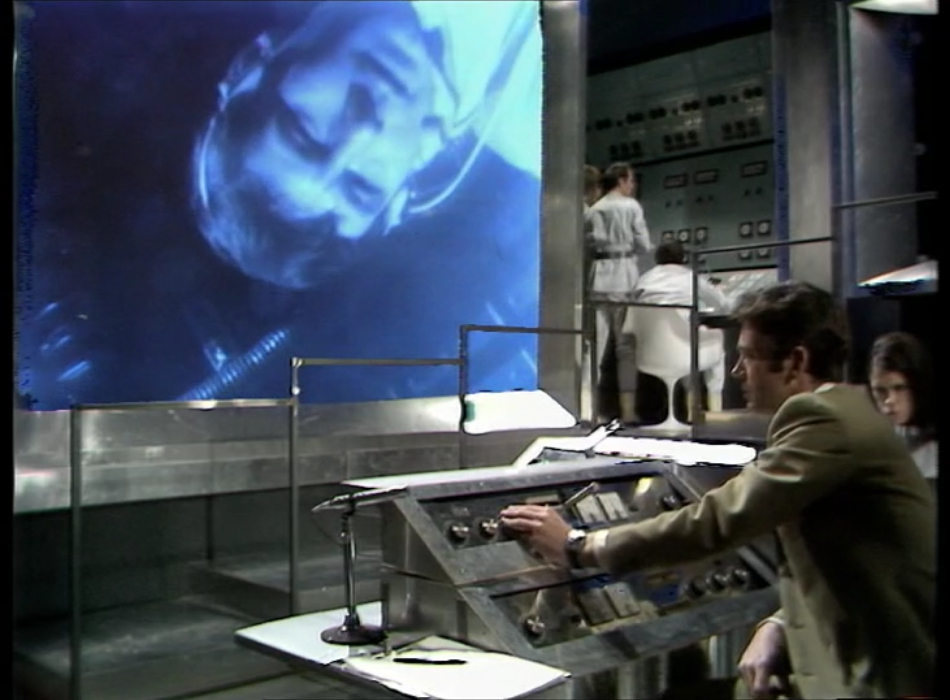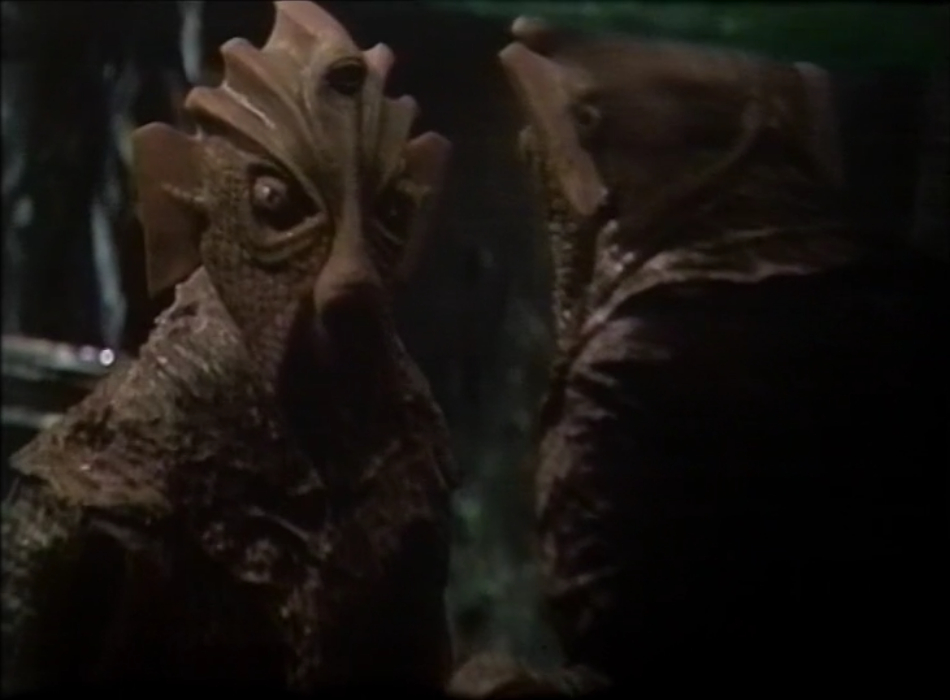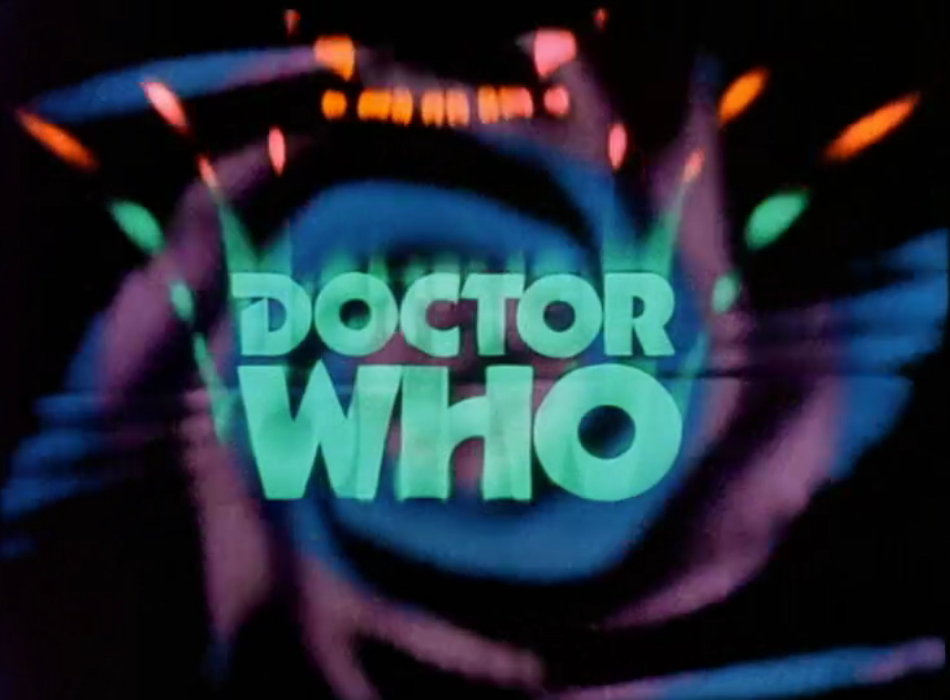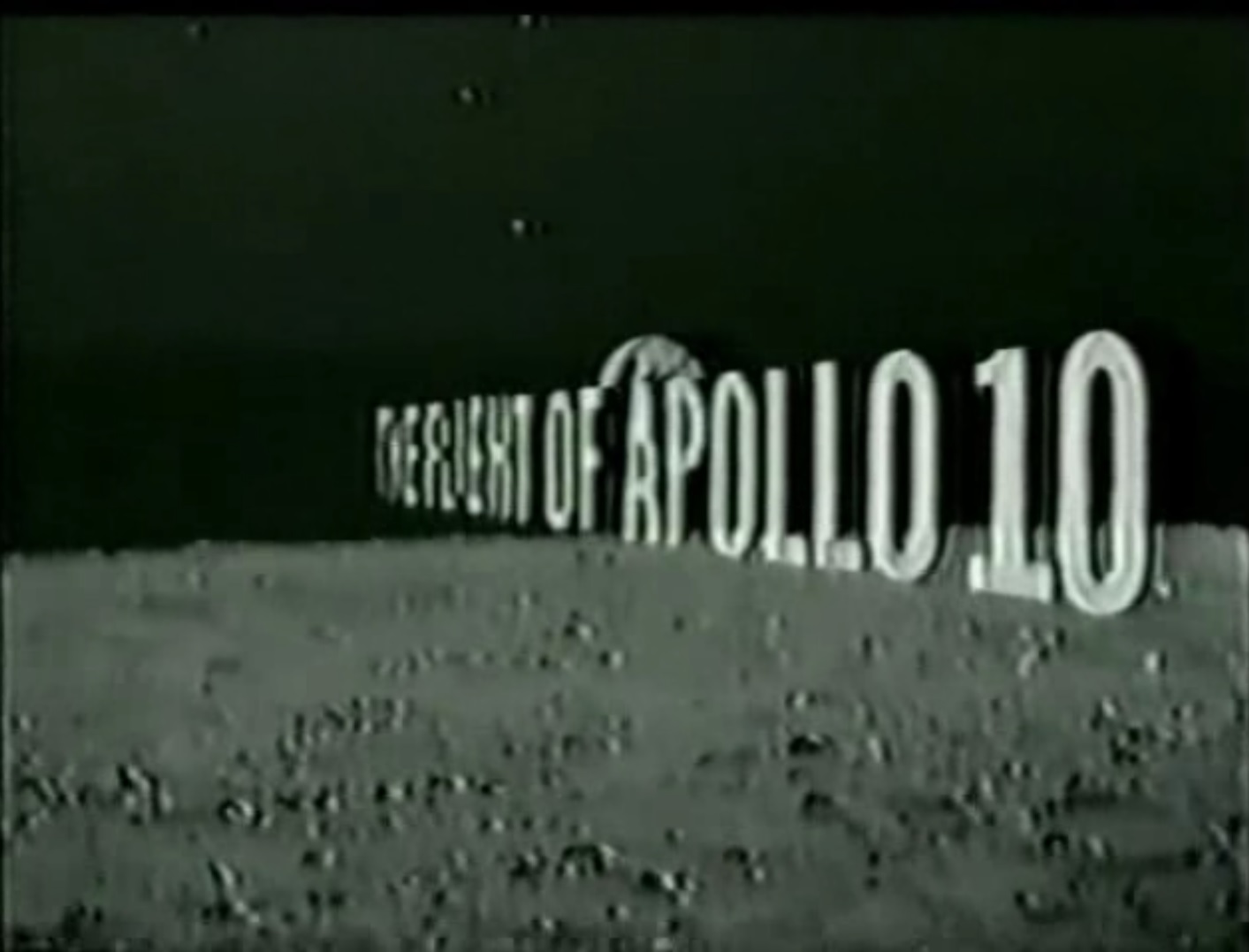
By Jessica Holmes
We last left the Doctor trapped on a parallel world, surrounded by fascists, monsters, and fascist monsters. Does the final serial of this year’s run go out in a blaze of glory, or does it all go up in smoke?
Welcome to the end… of Inferno.

This looks perfectly normal…
Continue reading [June 22, 1970] We’ll All Go Together When We Go (Doctor Who: Inferno [Parts 5-7])

![[June 22, 1970] We’ll All Go Together When We Go (<i>Doctor Who</i>: Inferno [Parts 5-7])](https://galacticjourney.org/wp-content/uploads/2025/06/700622doom-672x372.jpg)
![[June 2, 1970] Turning Up The Heat (<i>Doctor Who</i>: Inferno)](https://galacticjourney.org/wp-content/uploads/2025/06/700603abitundertheweather-672x372.jpg)

![[May 4th, 1970] The Blue Meanies Are Coming (<i>Doctor Who</i>: The Ambassadors Of Death [Parts 5-7])](https://galacticjourney.org/wp-content/uploads/2025/05/700504THEBLUEMEANIES-672x372.jpg)

![[April 18th, 1970] The Spaceman Who Came In From The Cold (<i>Doctor Who</i>: The Ambassadors Of Death [Parts 1-4])](https://galacticjourney.org/wp-content/uploads/2025/04/700418naptime-672x372.jpg)

![[March 16th, 1970] The Fatal Flaw (<i>Doctor Who</i>: Doctor Who And The Silurians)](https://galacticjourney.org/wp-content/uploads/2025/03/700316peaceinourtime-672x372.jpg)

![[February 22, 1970] An Es-scale-ating Conflict (<i>Doctor Who</i>: The Silurians)](https://galacticjourney.org/wp-content/uploads/2025/02/700222howdoyoudo-672x372.jpg)

![[January 26, 1970] Over The Rainbow (<i>Doctor Who</i>: Spearhead From Space)](https://galacticjourney.org/wp-content/uploads/2025/01/700126SERVING-672x372.jpg)

![[June 22, 1969] Game Over (Doctor Who: The War Games [Parts 8-10])](https://galacticjourney.org/wp-content/uploads/2024/06/690622youremakingmegiddy-672x372.jpg)

![[June 8th, 1969] Dissension In The Ranks (<i>Doctor Who</i>: The War Games [Parts 5-7])](https://galacticjourney.org/wp-content/uploads/2024/06/690608nobodyinthisshothasacluewhattheyredoing-672x372.jpg)

![[May 18, 1969] Whirr Hum Bang Bang (Doctor Who: The War Games [Parts 1-4])](https://galacticjourney.org/wp-content/uploads/2024/05/690518deathsentence-672x372.jpg)

